




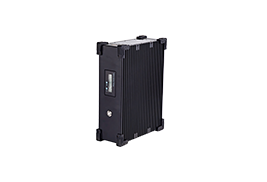
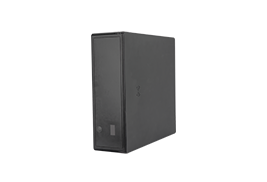
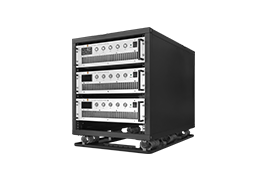
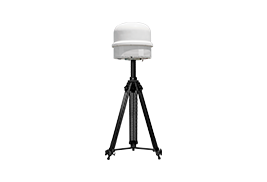

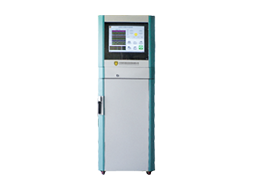


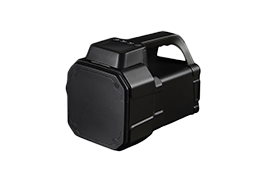
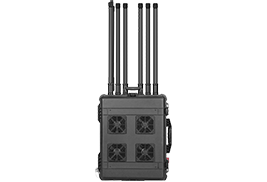
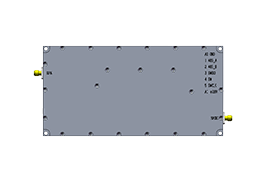
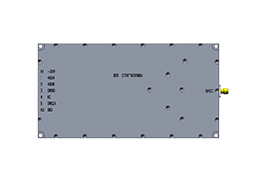
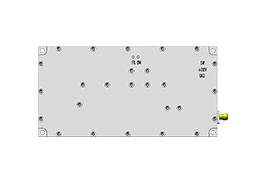
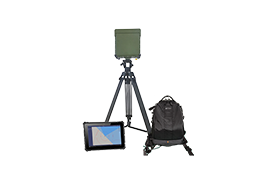

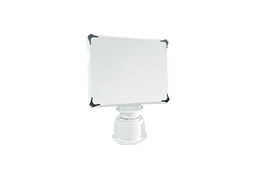
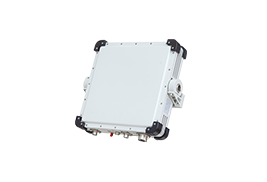



 X
X







 GLOBAL / ENGLISH
GLOBAL / ENGLISH

Portable drone countermeasure devices are designed to address threats from unmanned aerial vehicles (UAVs or drones) by interfering with or disrupting the communication signals between the drone and its controller. Based on the product features you described, these devices can effectively handle threats from small drones but are not suitable for aircraft or larger aerial vehicles.
Working Principle of Product Features
Detection end: By passively detecting the signals between the drone and its controller, the system can confirm the presence and approximate location of a drone without emitting any detectable signals.
Jamming end: By emitting high-power interference signals on the same frequency band, this device can suppress or interfere with the control signals of the drone. This disruption cuts off communication between the drone and its controller, forcing the drone to activate its emergency procedures, such as landing, hovering, or returning to its point of origin.
Specific Effects on Drones
Forcing drones to land or return: Upon losing connection with the controller, most modern drones will initiate a safety procedure to either try to return to their takeoff point or perform a safe landing.
Hovering: In some cases, drones may hover if the signal is lost, waiting for the signal to return or until the battery runs out.
Not Suitable for Aircraft
Technical differences between aircraft and drones: Commercial and most private aircraft use navigation and communication systems that are far more complex than those of small drones and are equipped with multiple backups and safety measures. Thus, portable drone countermeasure devices have no practical effect on aircraft.
In summary, portable drone countermeasure devices are ideal for protecting specific areas from small drone intrusions, such as no-fly zones, government facilities, or other sensitive locations. However, these devices are ineffective against large aircraft due to the higher safety standards and complexity of their communication and navigation systems.












